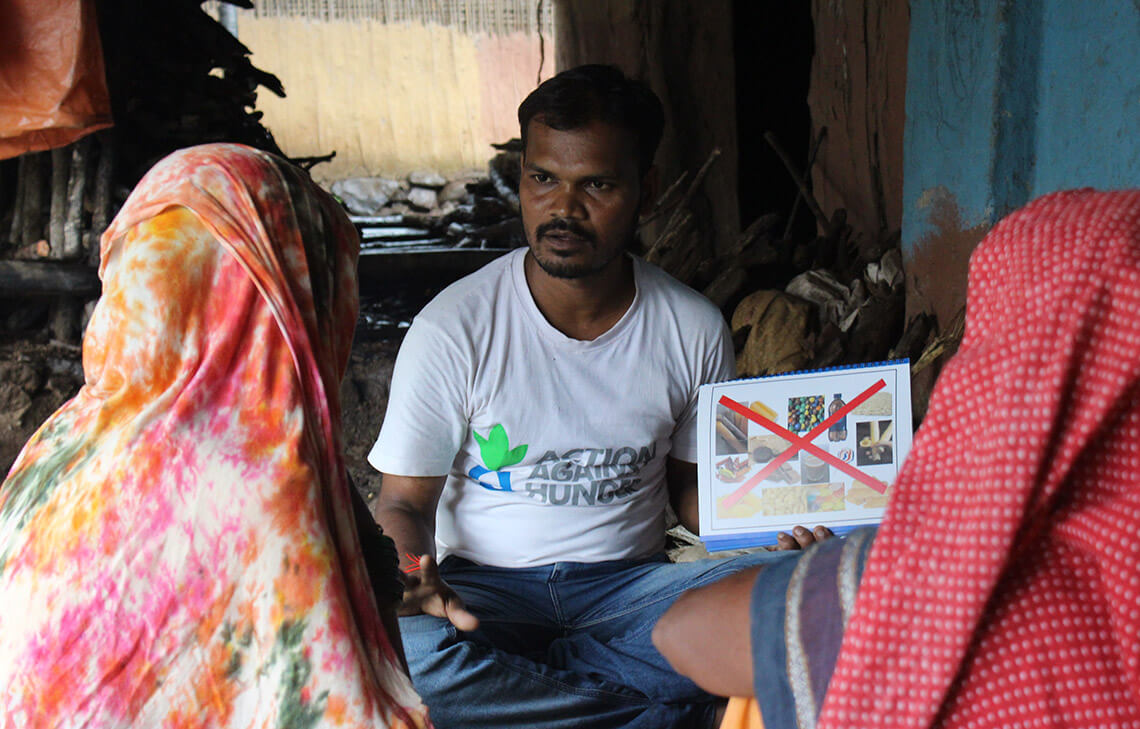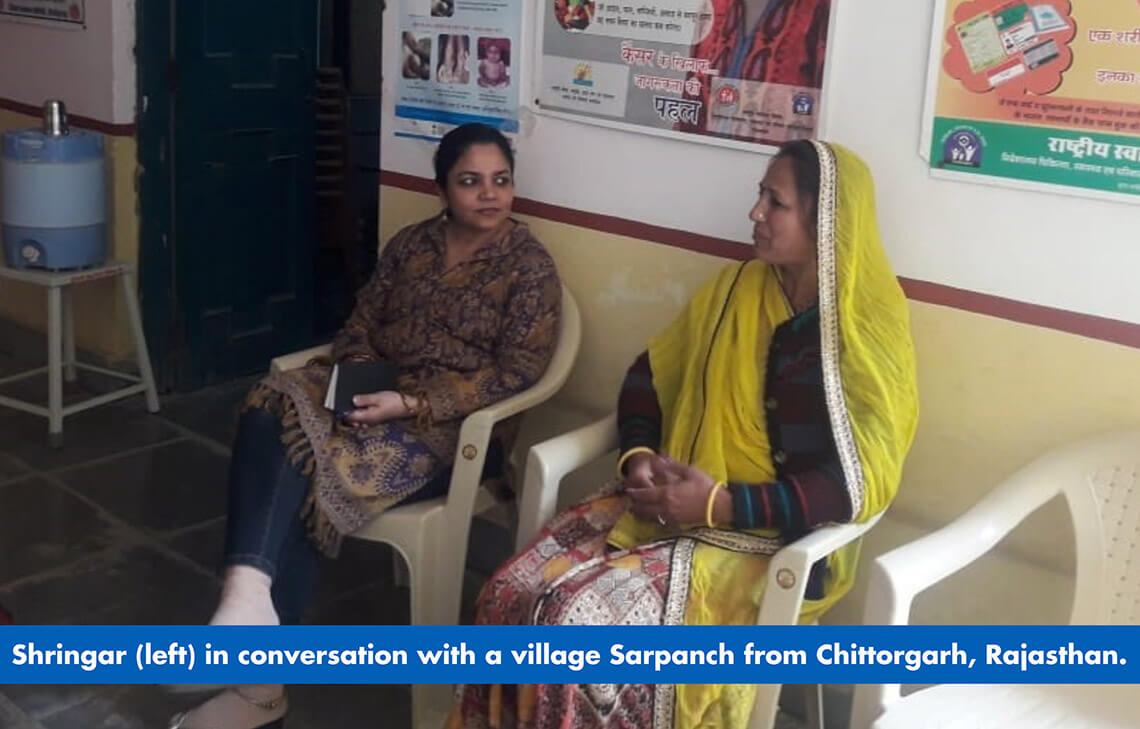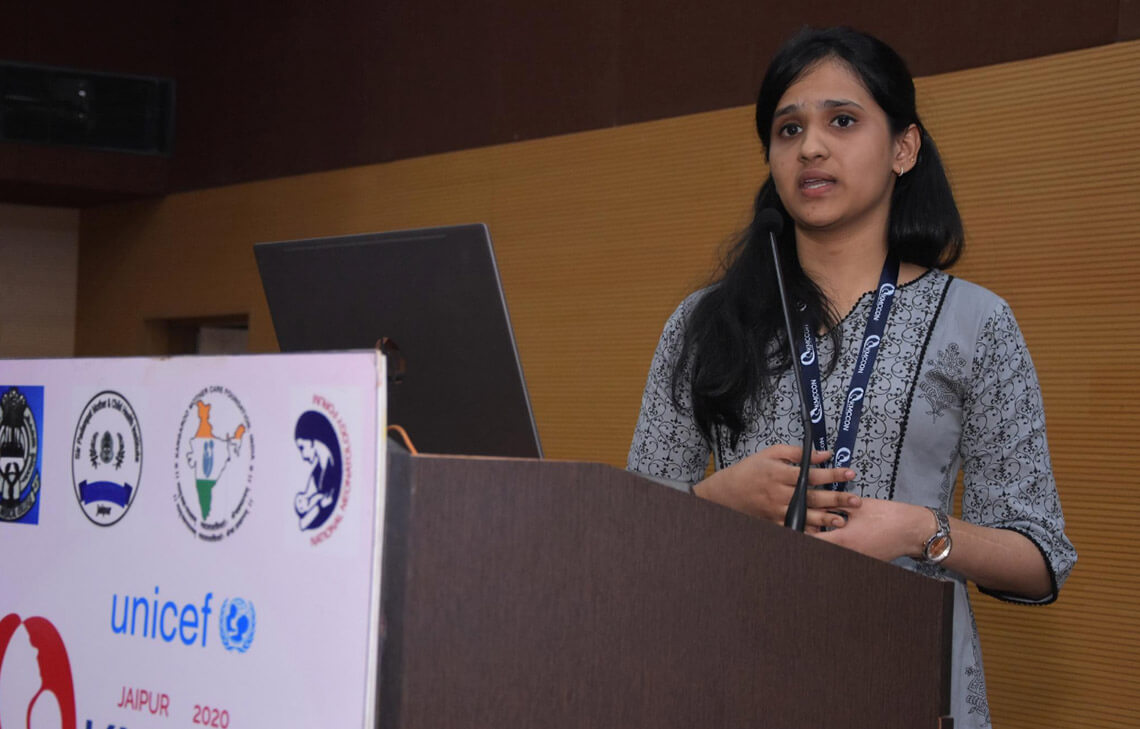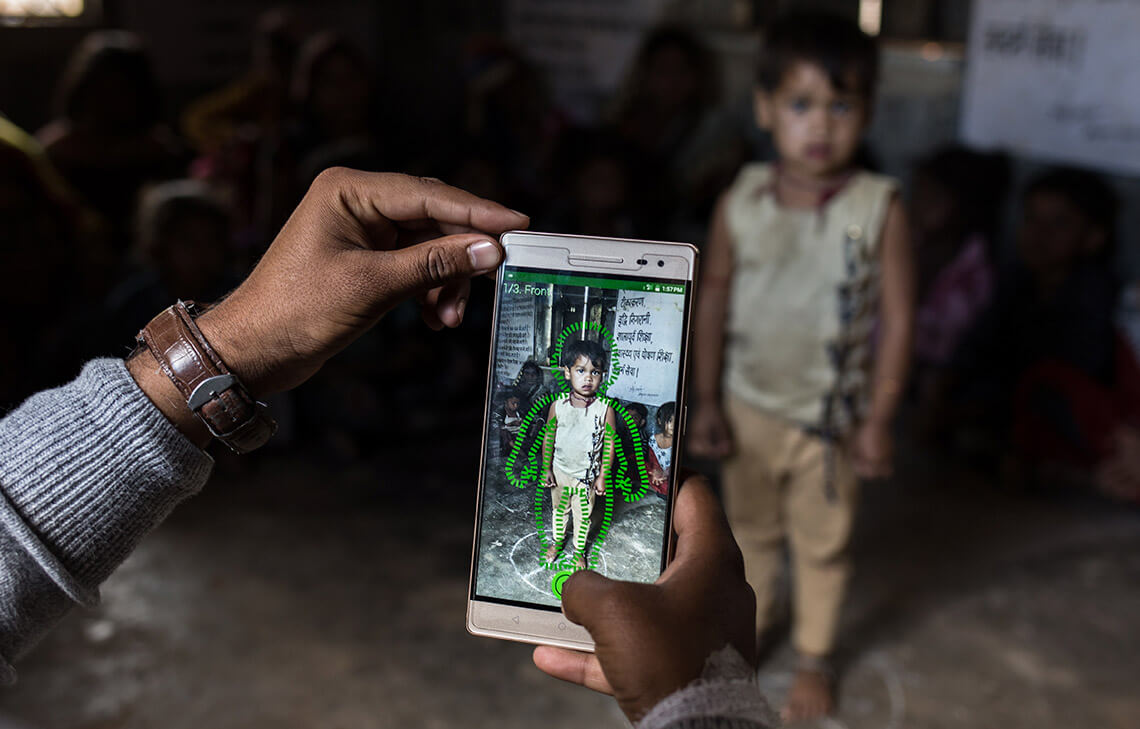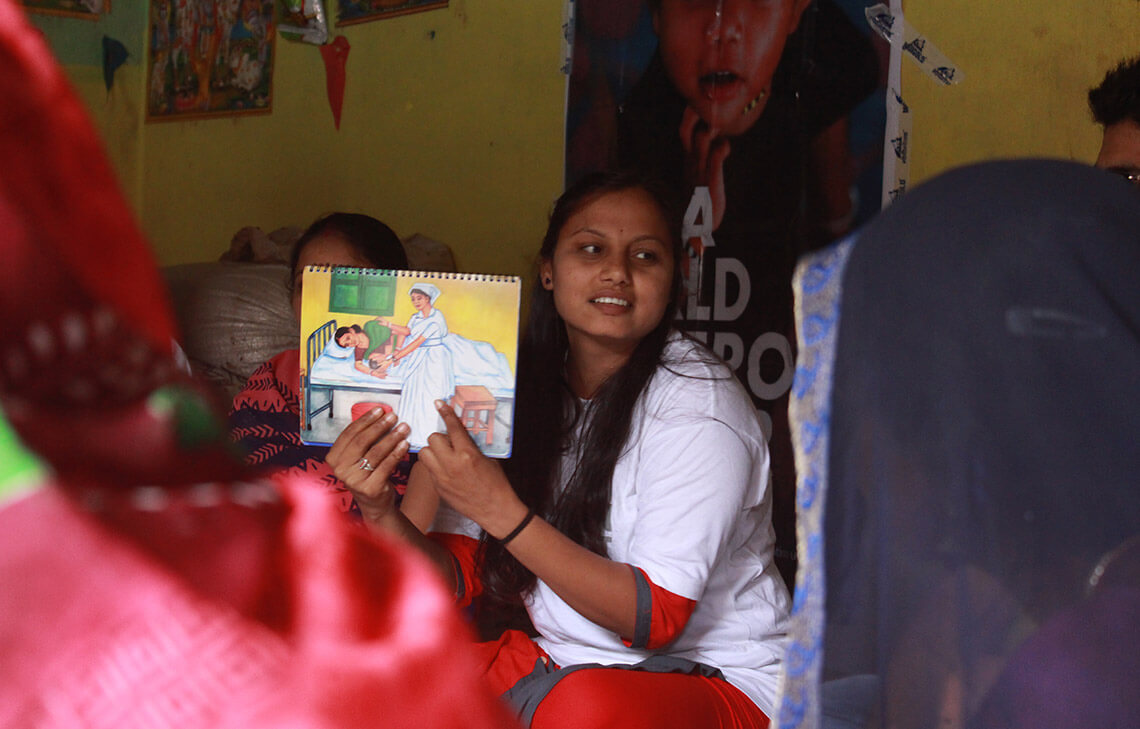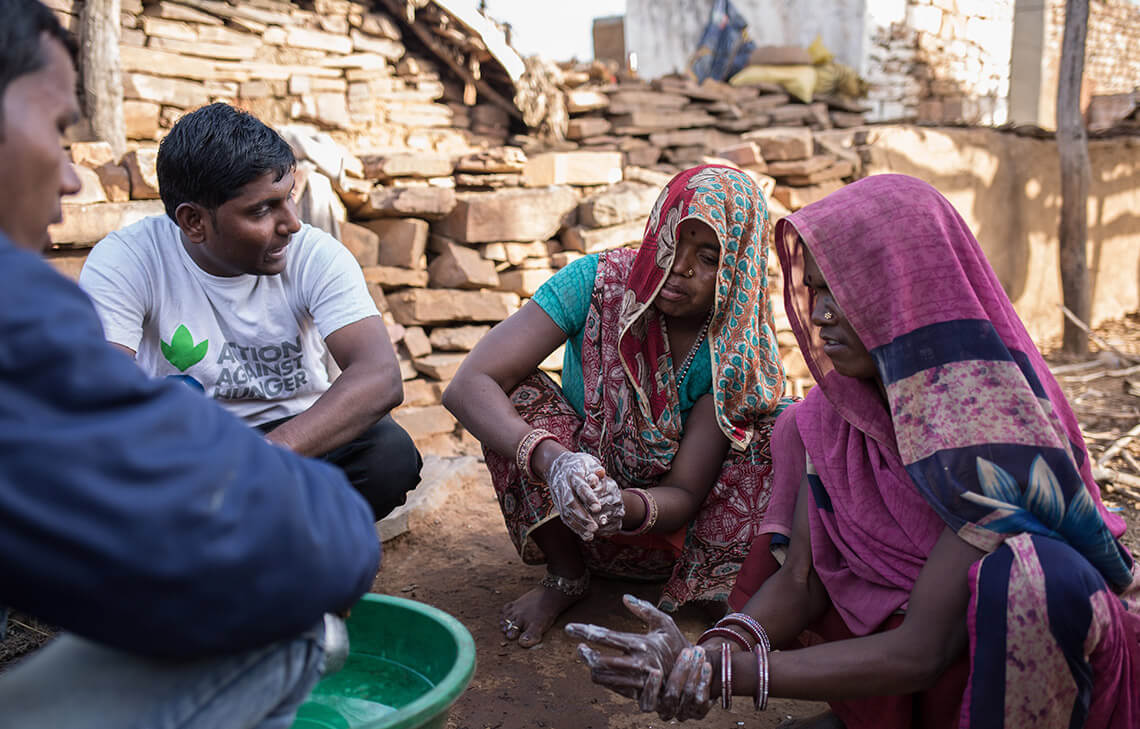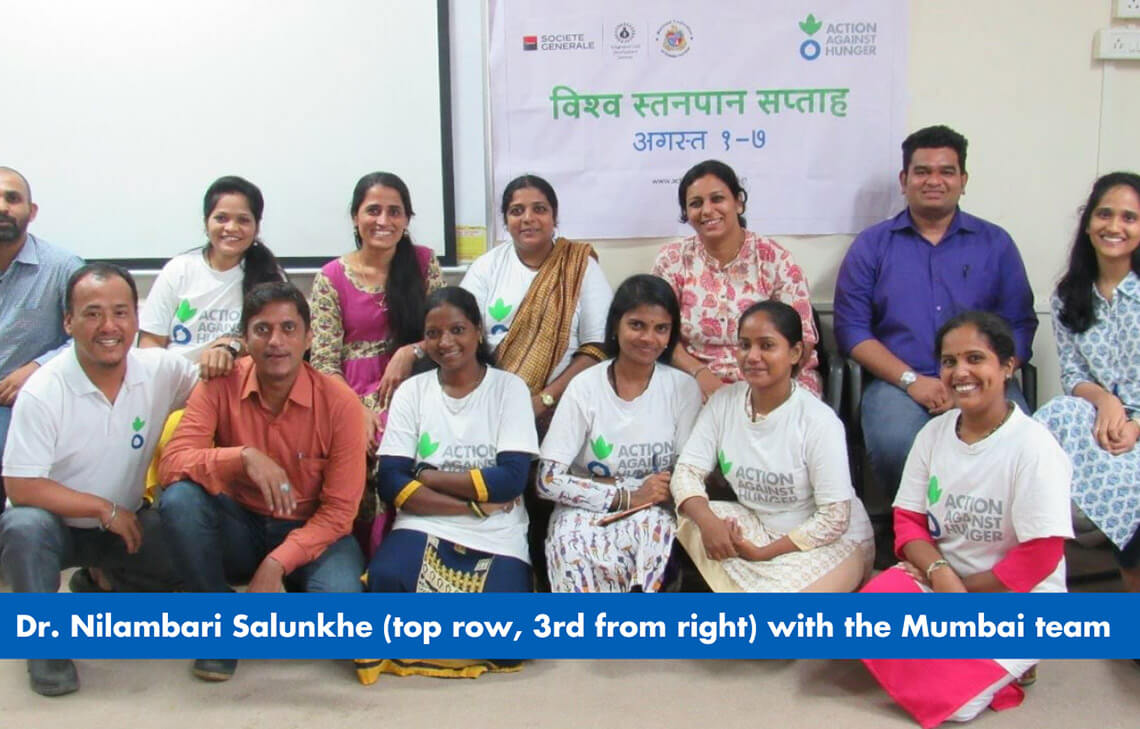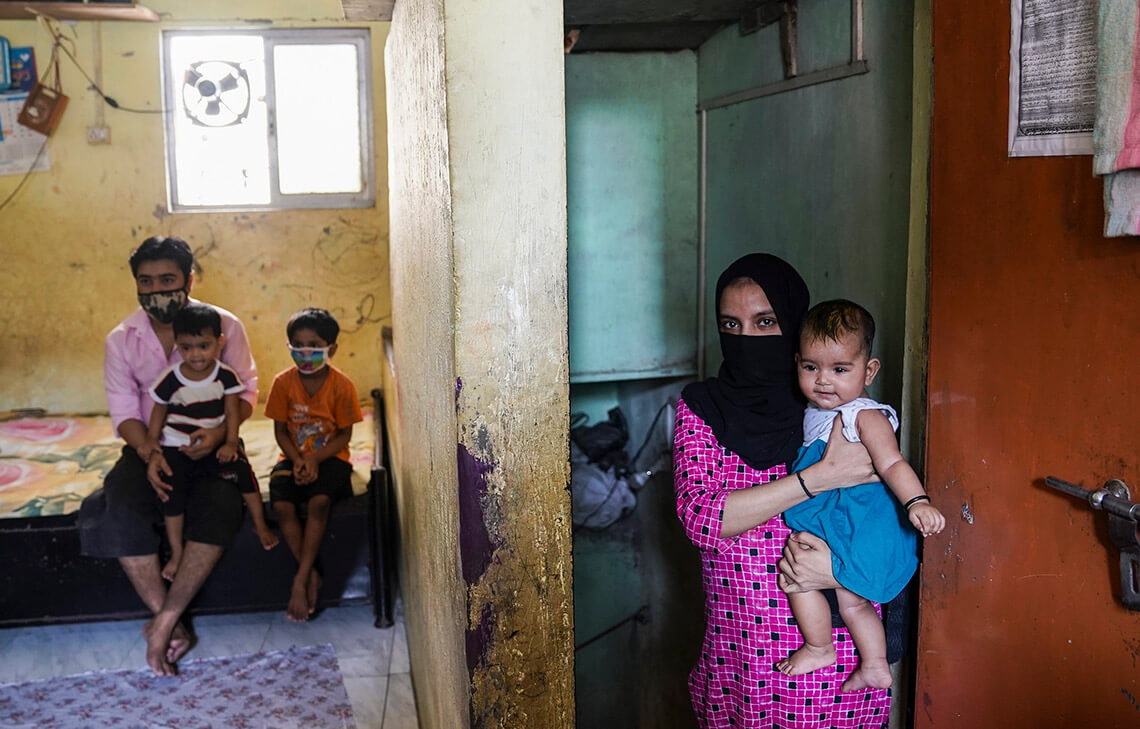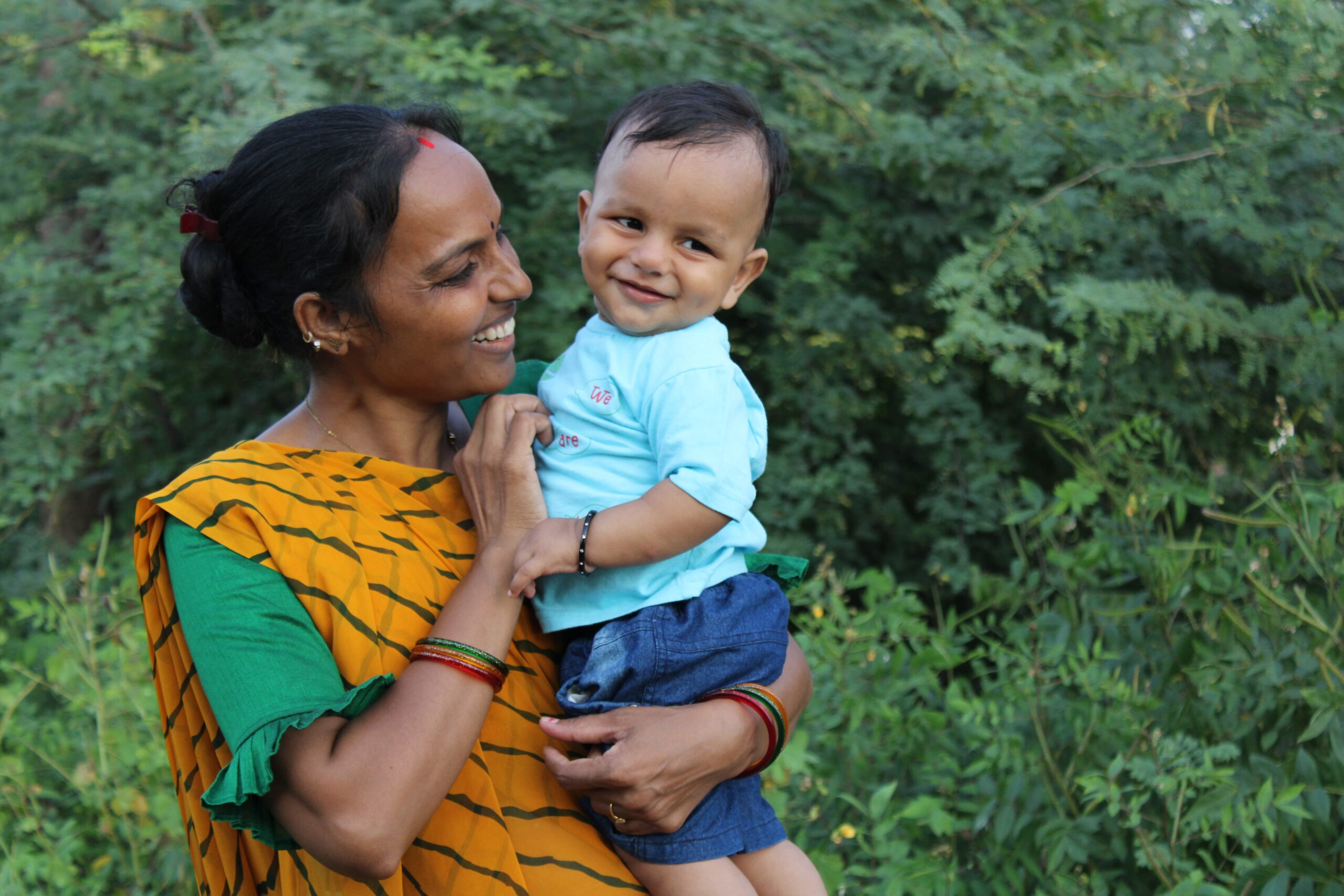I am Sanjay Barf, hailing from Mokhada in Palghar, Maharashtra. My family comprises of my wife, parents, six siblings and two children. After completing my BA in Palghar, I realized that the lack of employment opportunities in the region necessitated further studies. Therefore, I pursued my MA, becoming the first member of my family to complete postgraduate education.
In 2012, I completed my master’s degree from Nashik and secured a decent job in the area. After a year, I was offered an opportunity to work at Pragati Abiyaan, where we worked towards informing communities about employment-related schemes. This experience allowed me to work closely with disadvantaged communities and comprehend complex social issues. Subsequently, in 2014, I joined BIAF to work closer to my hometown of Mokhada, and later in 2017, I joined Action Against Hunger.
Upon reflection, I realized that I have always been interested in working for my community. Palghar has a significant tribal population characterized by high levels of illiteracy and unemployment, leading to a lack of knowledge about child care and nutrition. Additionally, seasonal migration, caused by unemployment, disconnects children from education and health care, exacerbating the prevalence of malnutrition in tribal communities. Therefore, I feel obligated to work towards the betterment of my community by educating them on nutrition, child care, sanitation, and combating malnutrition in the long run.
Currently, my team and I are working on the 1000 Days model of prevention. By working with expectant mothers, we ensure healthy pregnancies, safe deliveries, and optimal child care for up to two years. Our aim is to prevent malnutrition from occurring in the first place.
I aspire to see Mokhada become a place where everyone is aware of and equipped to raise healthy children. It gives me immense joy to work for my community and provide our children with the opportunity to grow up strong and ready to make the most of every opportunity that life presents them.
